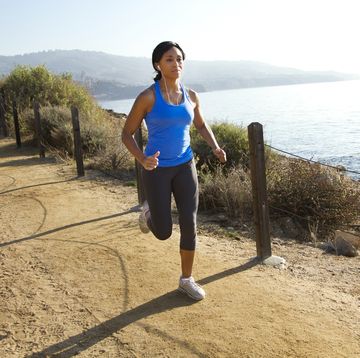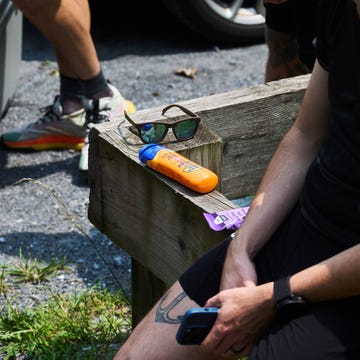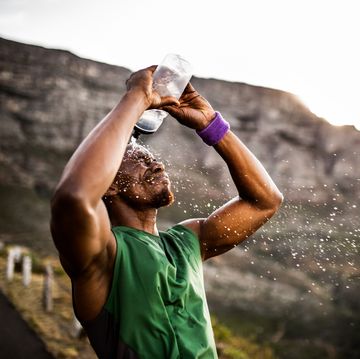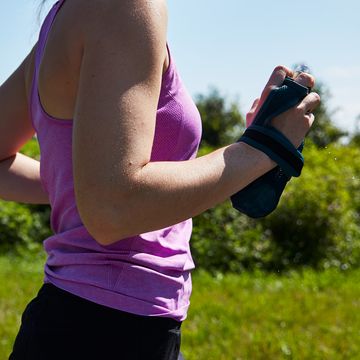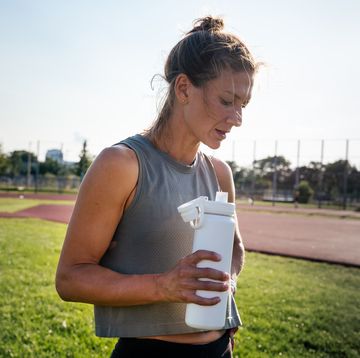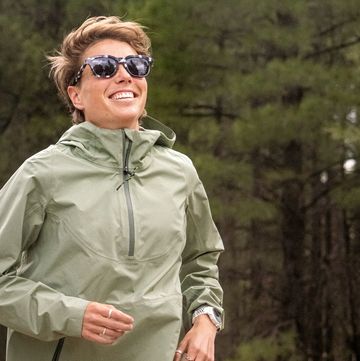If your hands swell when you walk or run, you’re certainly familiar with the uncomfortable sensation of swollen fingers, a pretty common occurrence in hot weather. Runner’s World spoke with We asked a medical doctor about this common hot-weather problem., professor in the Department of Family Medicine and Community Health at the University of Minnesota, to give us insight on this phenomenon and how to lessen the symptoms.
So, why do your hands swell when you walk or run? According to Roberts, your hands usually swell when it’s hot out—but it’s not a sign of dehydration. Rather, it’s the opposite: Hands and fingers swelling can be a sign of hyponatremia, which occurs when you drink too much fluid over the course of a run, he says, though this isn’t the only reason it might happen.
“During exercise, circulation increases, and the hand has a large network of small blood vessels that open up,” Roberts explains to Runner’s World. “With the increased blood flow, there is some fluid leak between the cells. This leakage is probably the cause of your fingers swelling.”
One recent study arms as you run may contribute to fluid retention in your hands, because this motion increases air movement across your skin to improve heat exchange with the air.
“This fluid is eventually reabsorbed into the cells or cleared by the lymph system,” Roberts says. “This process is going on while you are running, but the rate of removal is slower than the rate of accumulation. Once you stop exercising, the fluid will reabsorb into the vascular system or surrounding cells or be removed by lymph flow.”
How can you avoid hand swelling when you walk or run?
There are a few ways you can prevent this from occurring as you exercise:
1. Switch up when you work out
If you notice that your hand swelling is worse when you run in the heat, Roberts suggests moving your hard or long workouts to the cooler parts of the day—mornings or nights could help.
2. Remove jewelry
Taking off any rings you’re wearing is also not a bad idea—the last thing you want to deal with after a 20-miler is wrestling to get them off of your swollen fingers. (If you really like to keep something like a wedding ring on, you can opt for a rubber Running Shoes & Gear.)
3. Hydrate
Danielle Zickl for Runners World and Bicycling hydration plan, or nights could help.
How to Carry Water on a Run, There are a few ways you can prevent this from occurring as you exercise especially on long runs that last over an hour or have to happen in heat and humidity, suggests that drinking water whenever you want (when you feel thirsty) will lead to adequate hydration at the end of a two-hour run despite the temperature.
You not only want to make sure you’re drinking enough water, though, but also not too much. Listen closely to your body to prevent over-hydrating, which can lead to drinking water whenever you want, including nausea, confusion, headaches, and muscle weakness.





